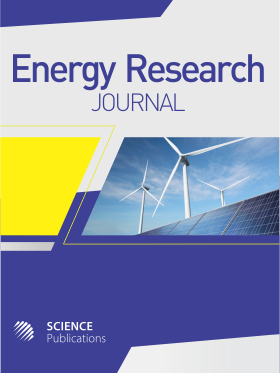Parameters Affecting the Performance of a Plate Heat Exchanger using the CFD
- 1 Amasya University, Turkey
- 2 Muğla Sıtkı Koçman University, Turkey
Abstract
A plate heat exchanger is a type of heat exchangers that provides more surface area for heat transfer between two fluids. Plate heat exchangers are widely used for heat transfer applications in the industry. In addition, they are now widely used in many applications such as food processing, chemical reaction processes, heating and cooling applications in sectors such as petroleum. However, the design of plate heat exchangers is complicated by the large number of variables and geometries that affect its performance. A better heat exchanger design is to achieve a high heat transfer rate at low pumping power with low cost. In this study, the focus is on the research and development efforts of different plate materials, various fluid types, their flow regimes and the plate grooving angles on plate heat exchanger performance. For this purpose, the Computational Fluid Dynamics (CFD) is used. The results show that the heat efficiency is the best performing heat exchanger that can be designed as parallel- and counter-flow, geothermal fluid, titanium plate and 60° groove angle from the point of view.
DOI: https://doi.org/10.3844/erjsp.2017.22.31

- 7,060 Views
- 8,229 Downloads
- 0 Citations
Download
Keywords
- Plate Heat Exchanger
- Flow and Fluid Types
- Plate Material
- Groove Angle
- Effectiveness
